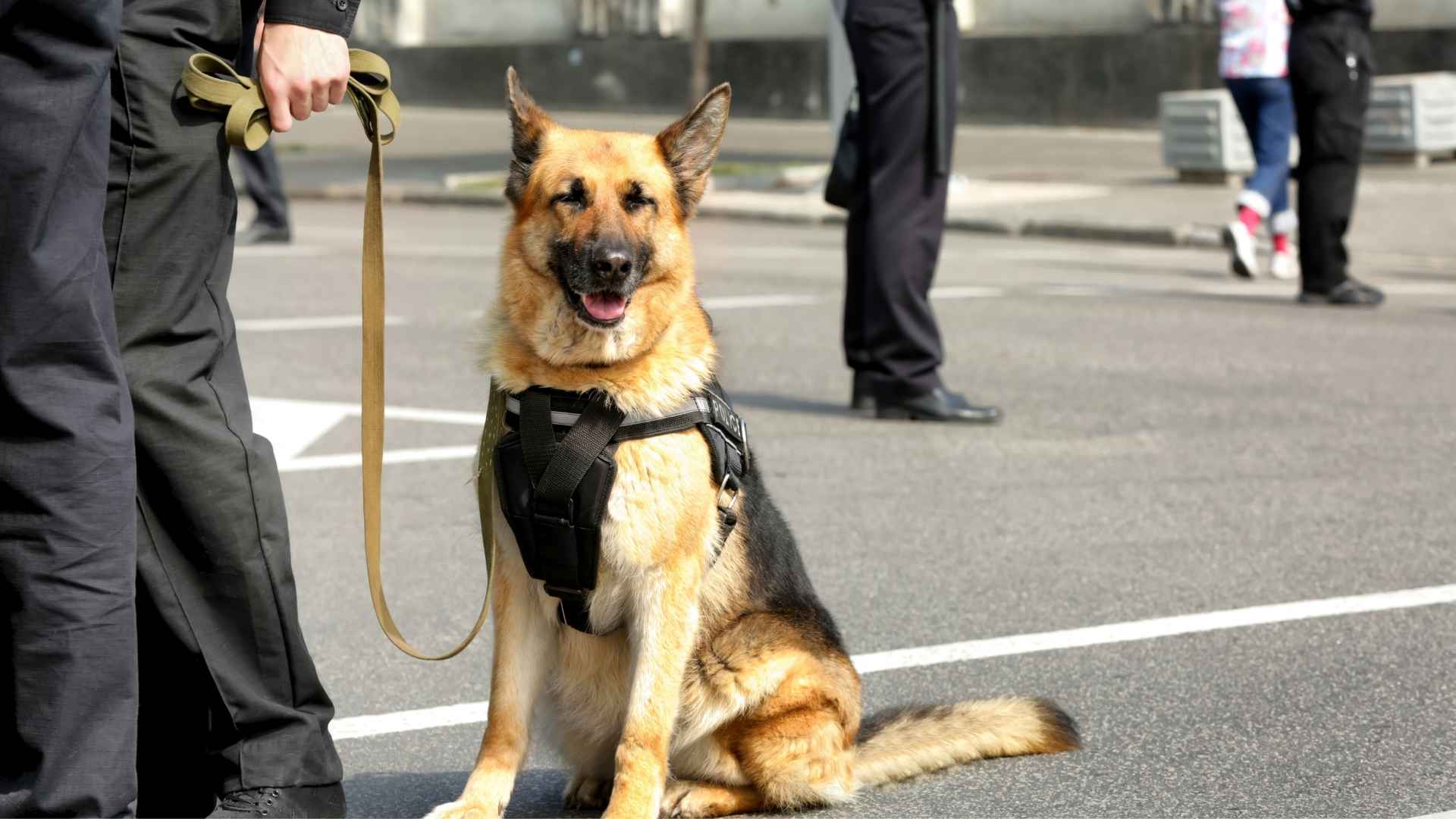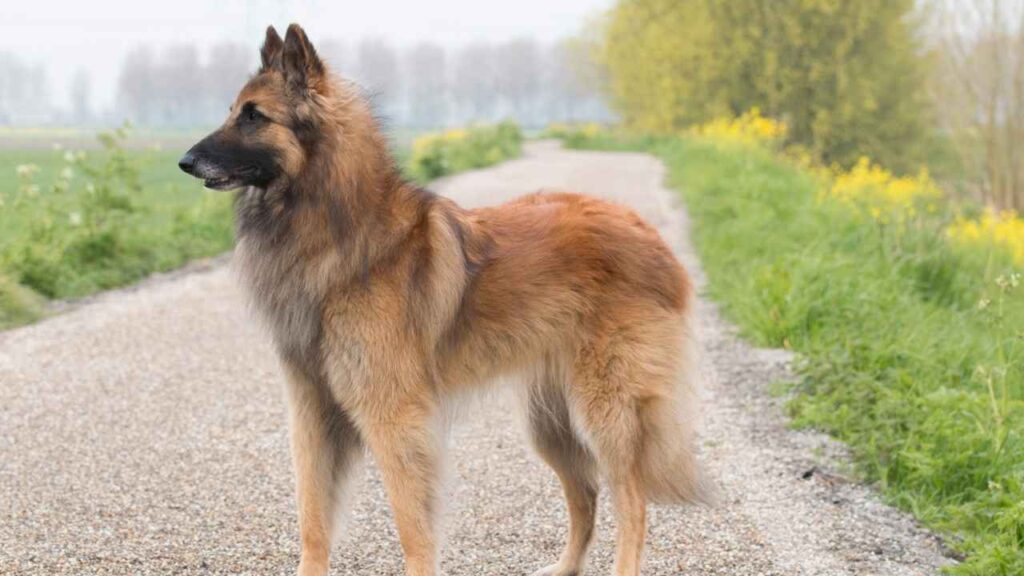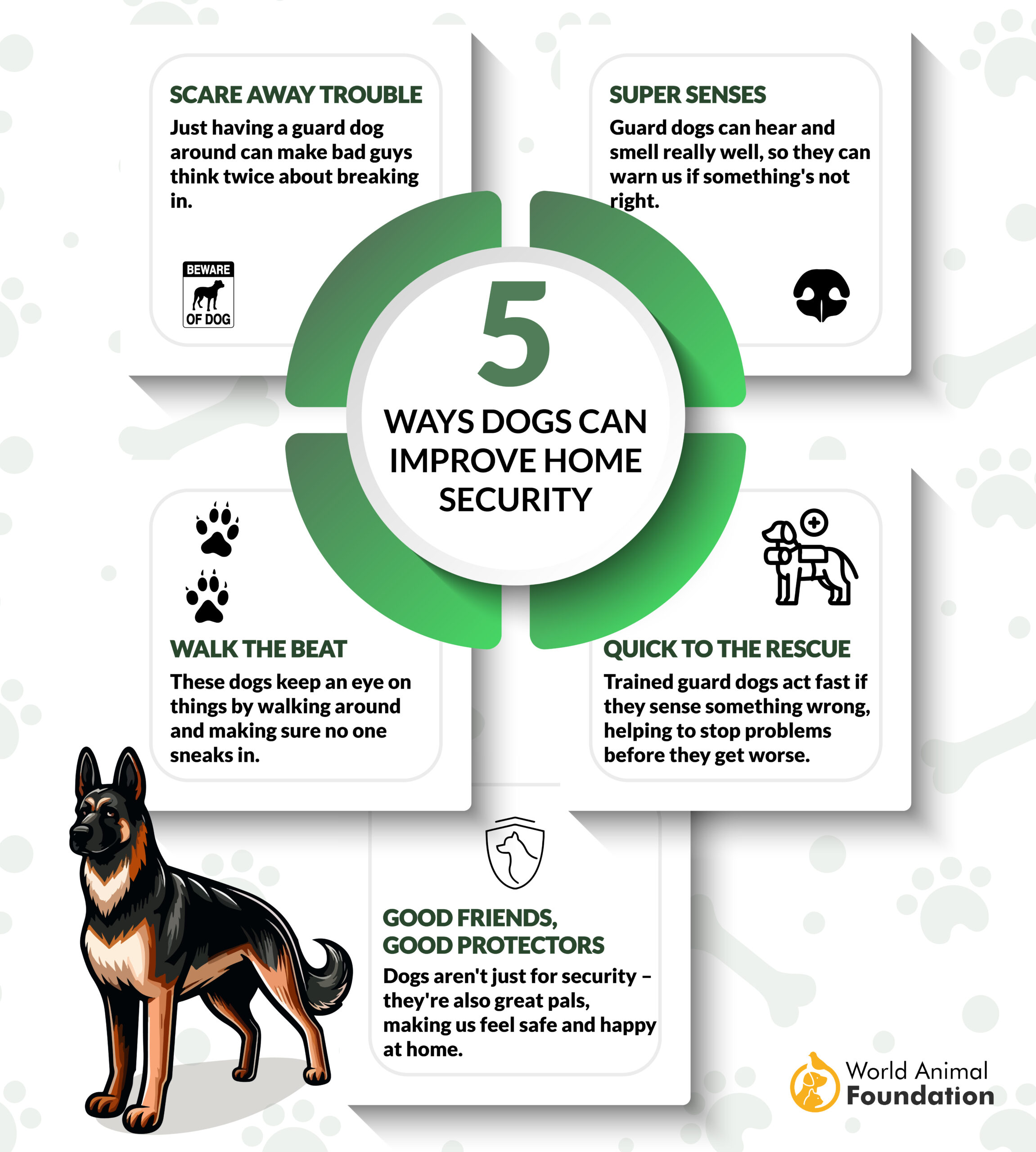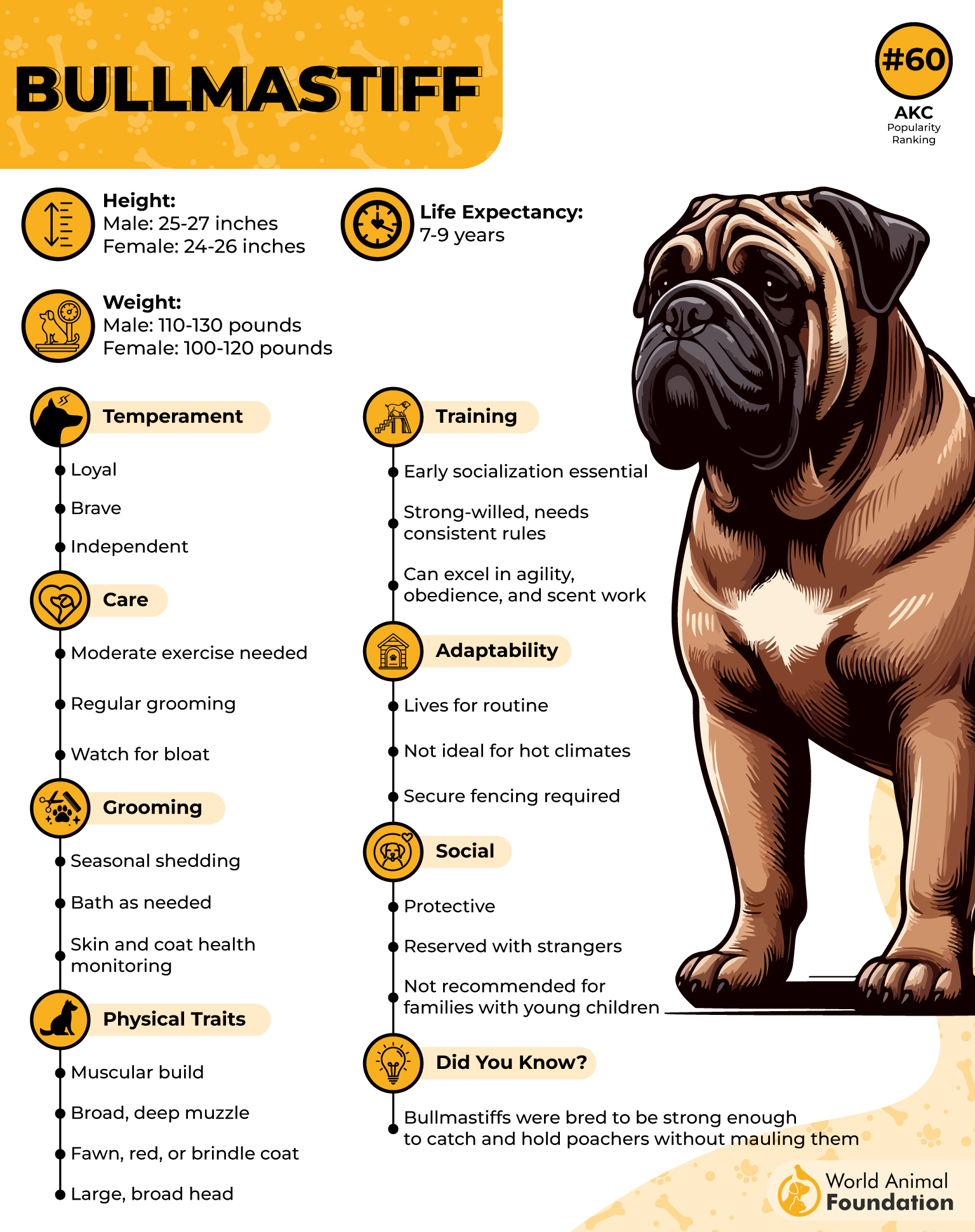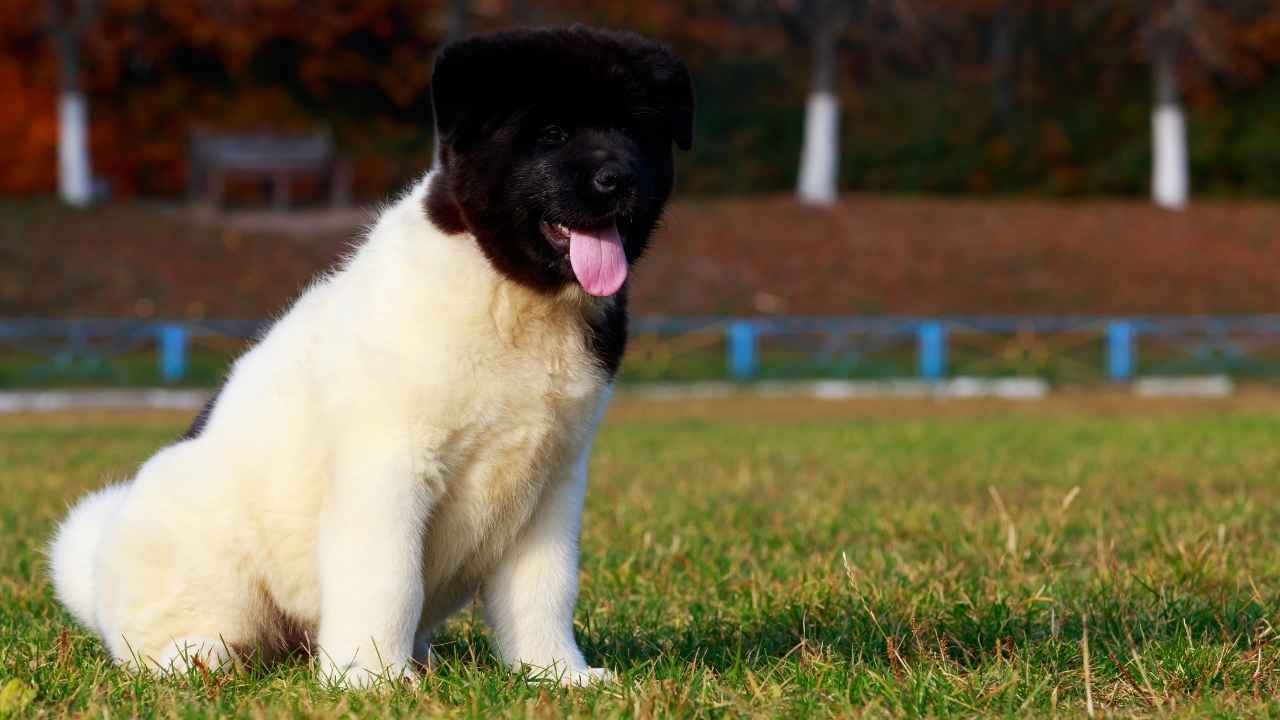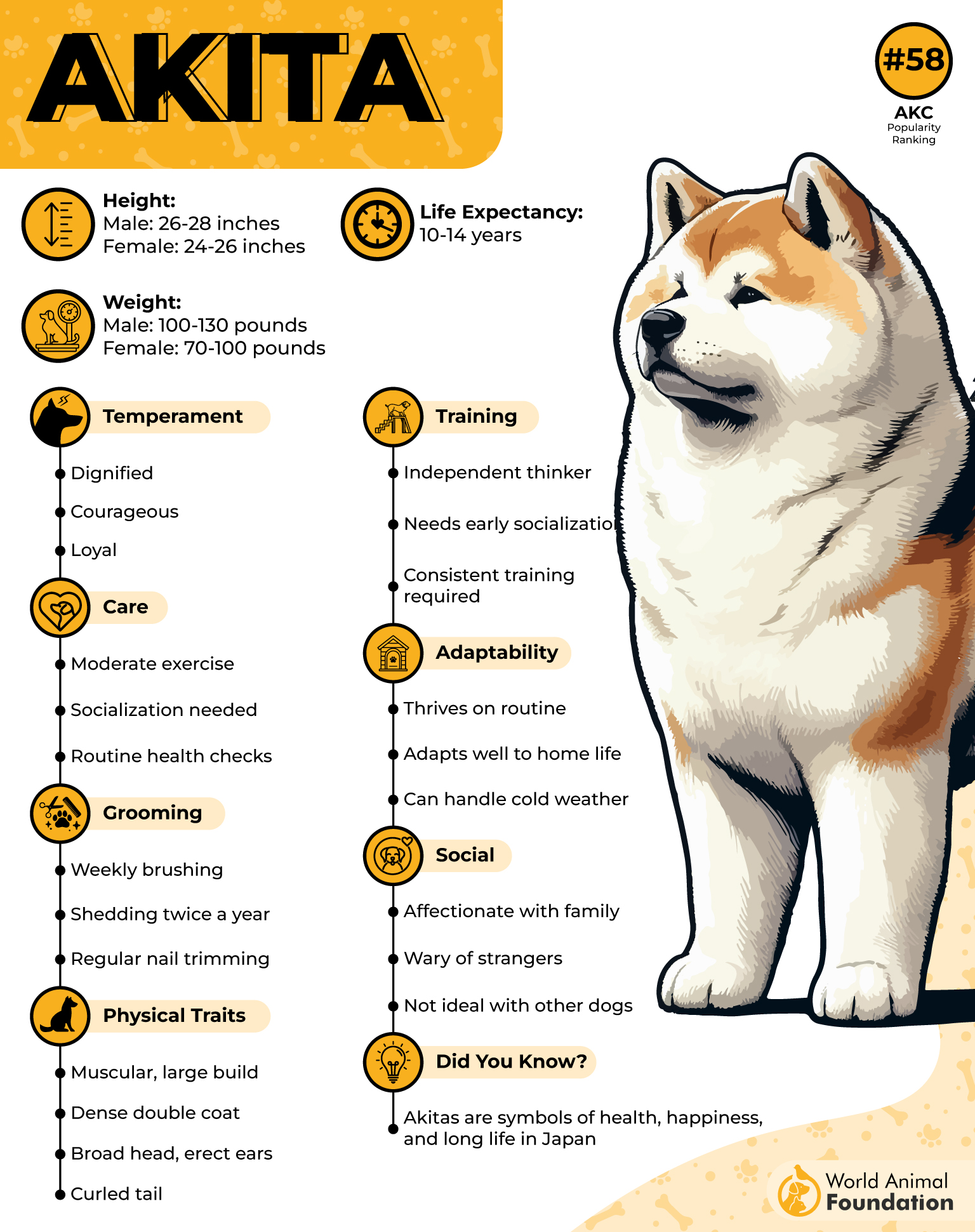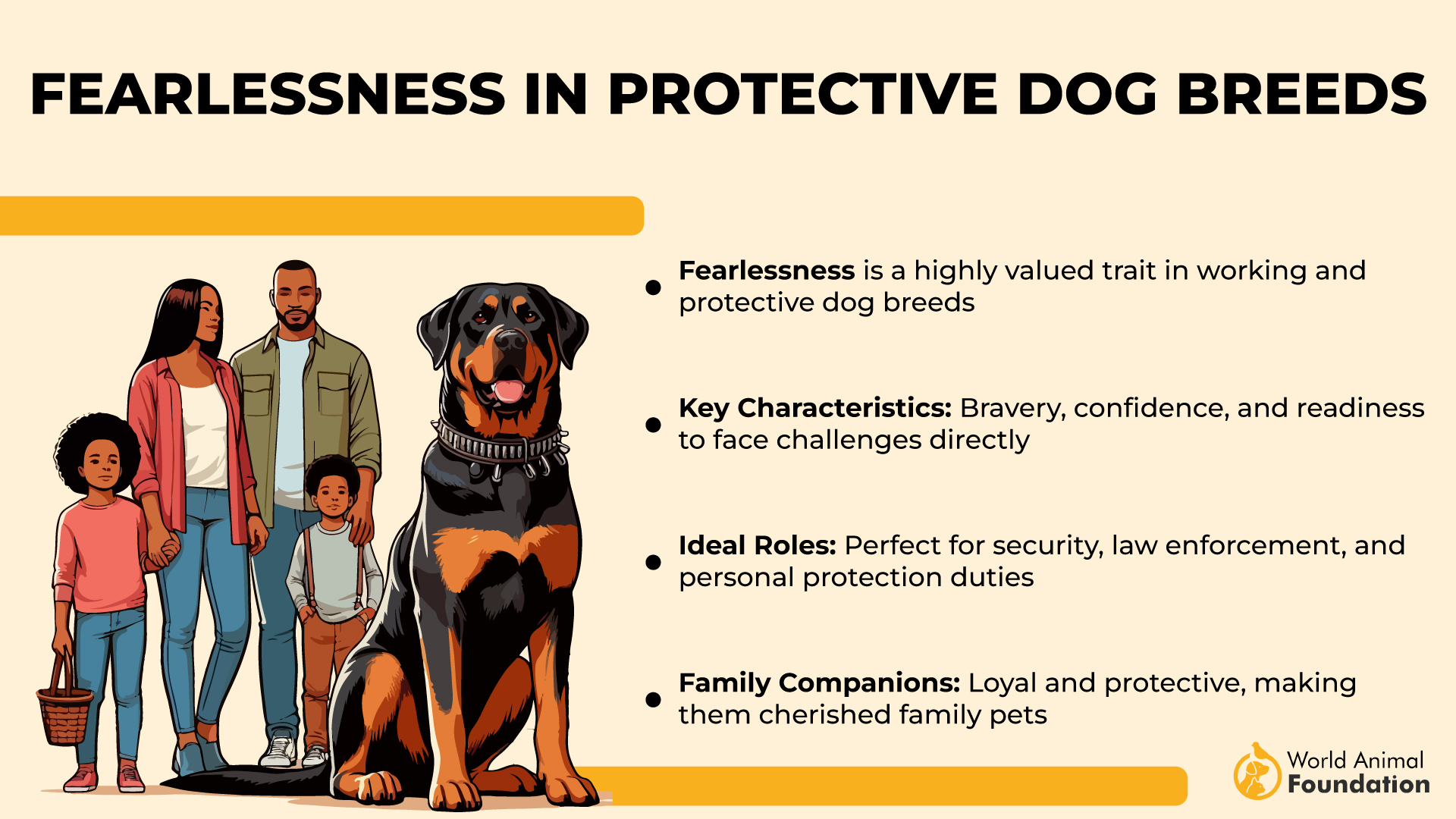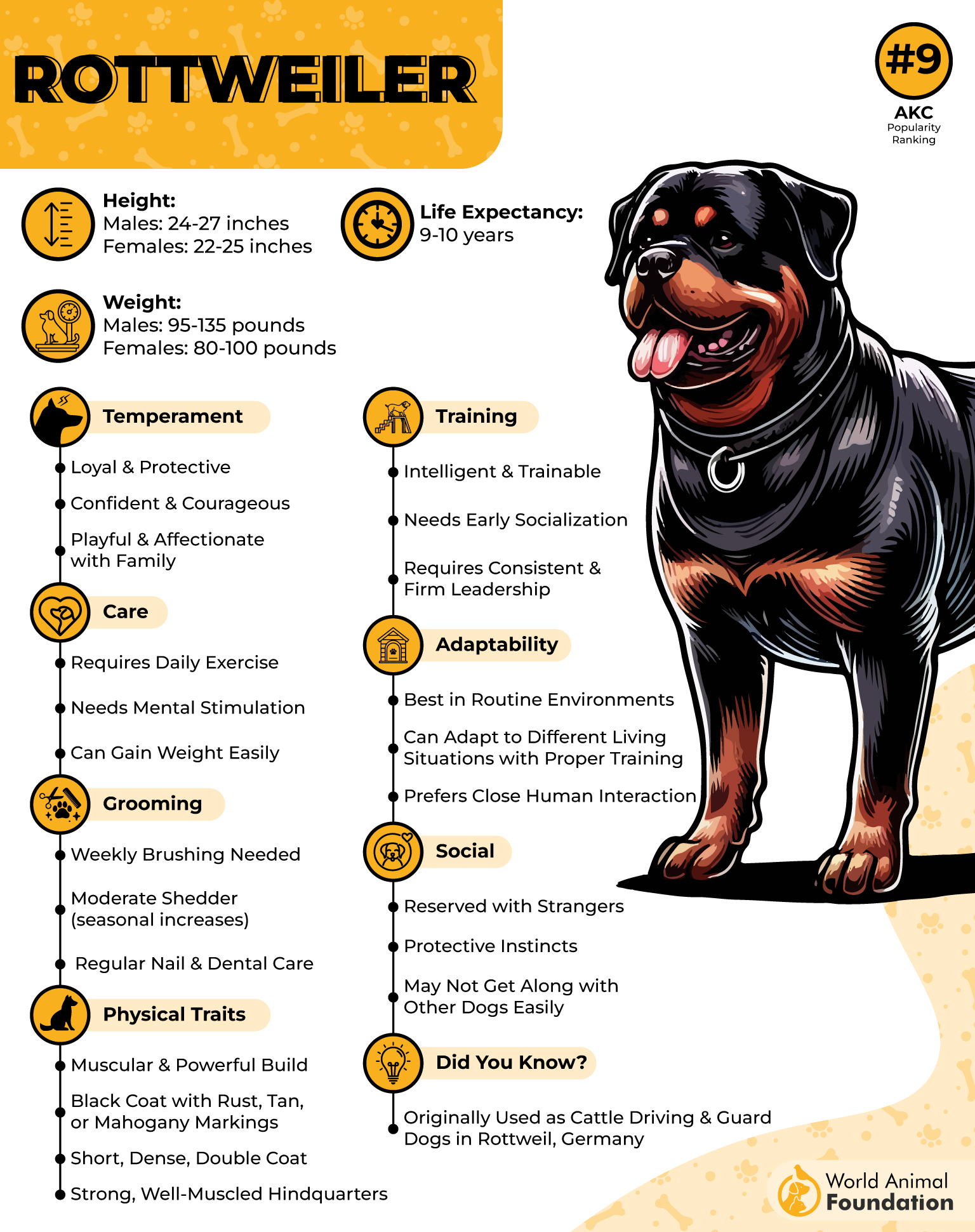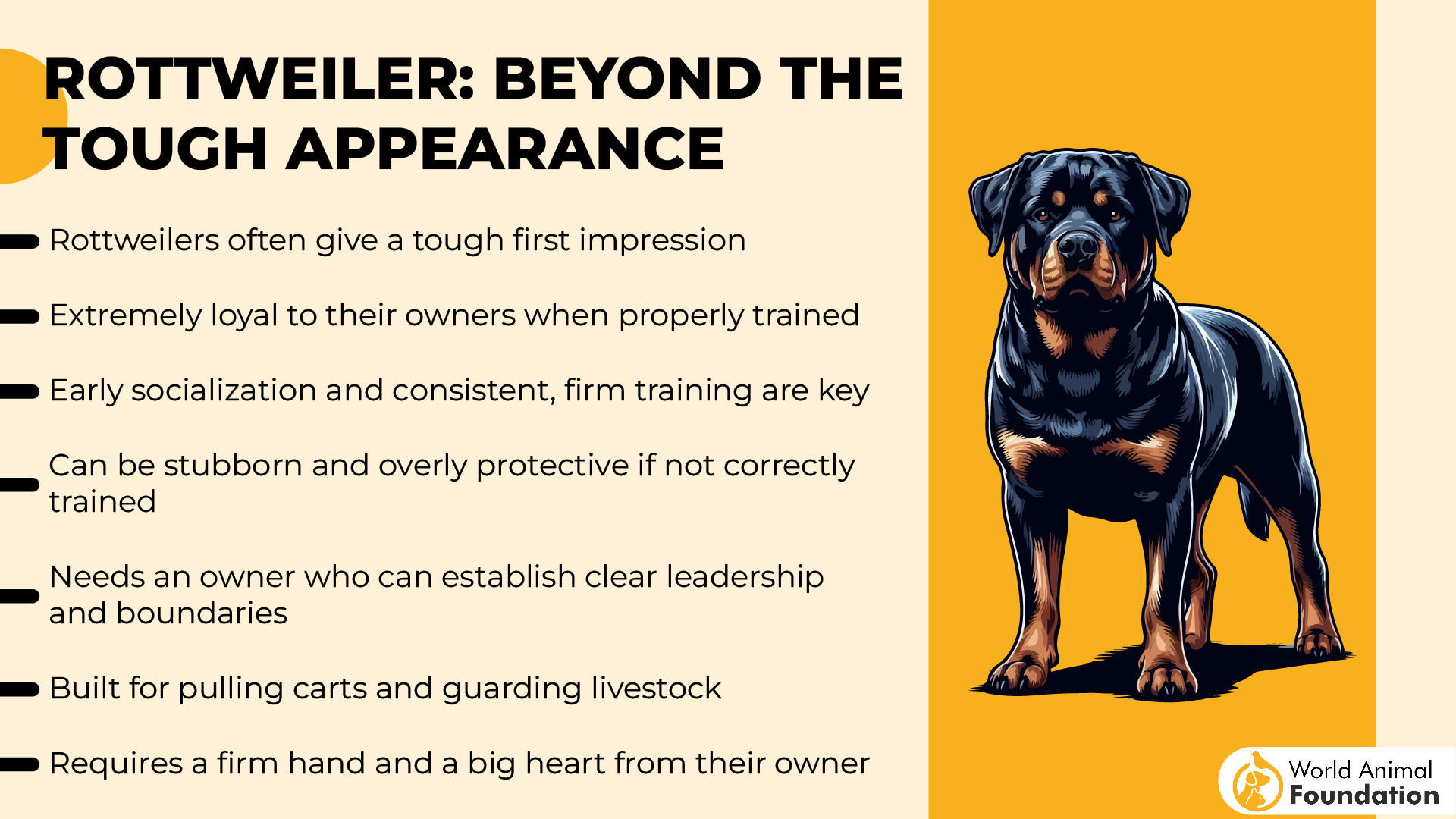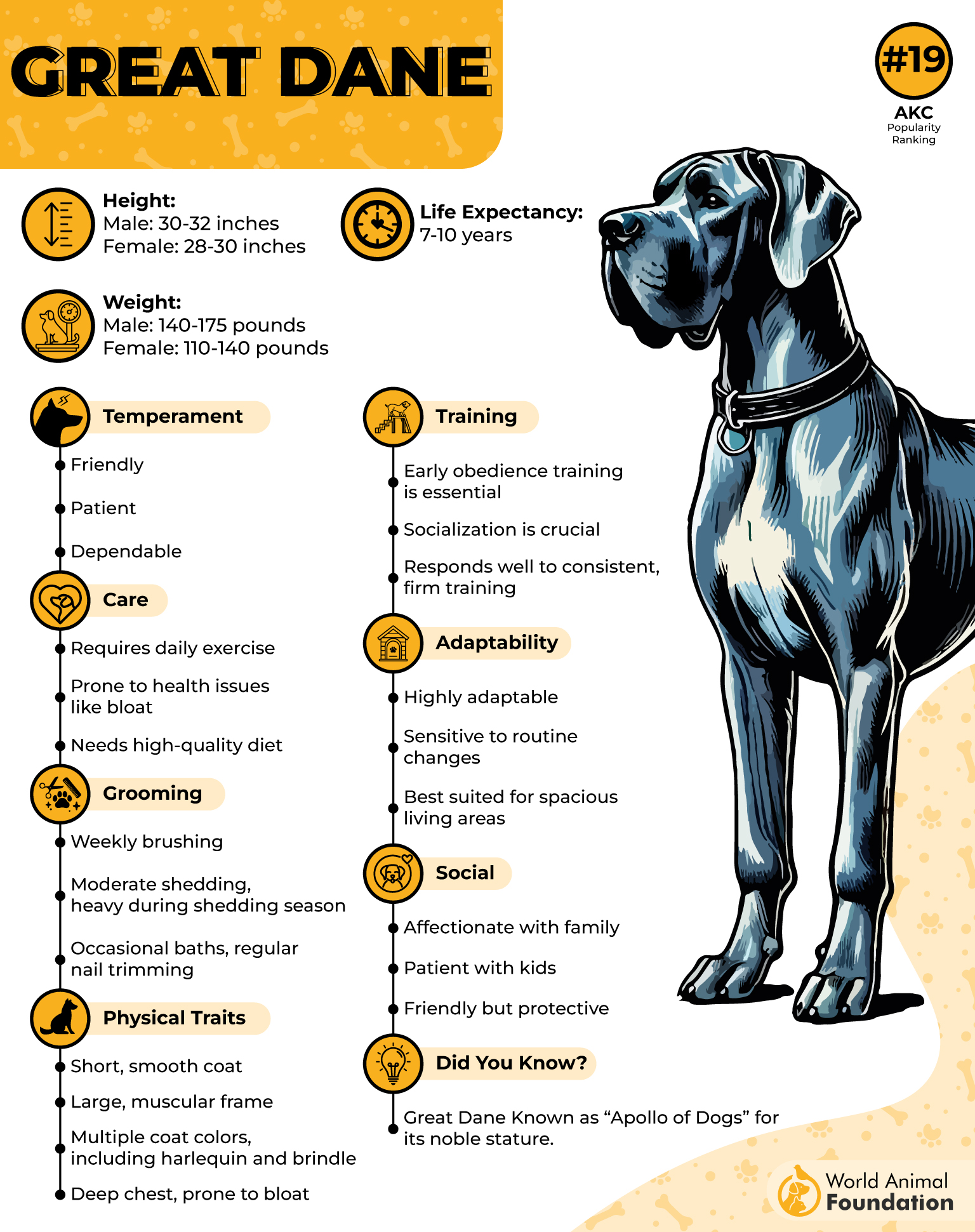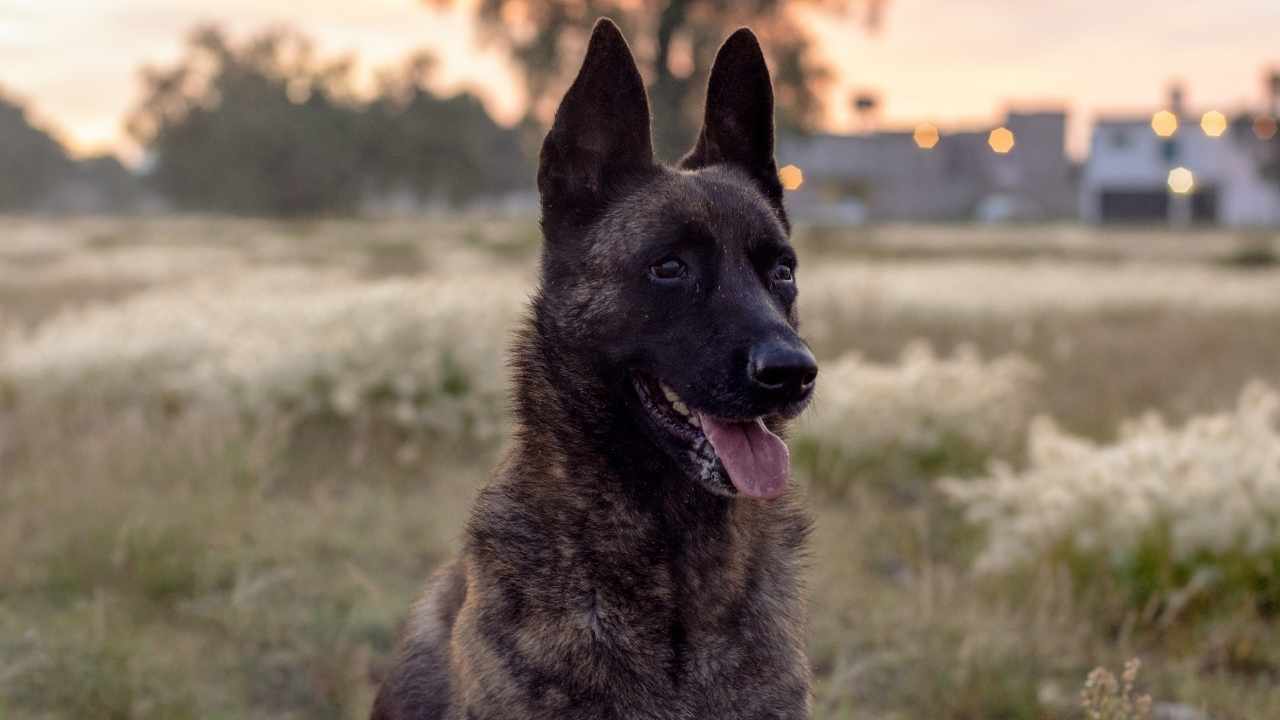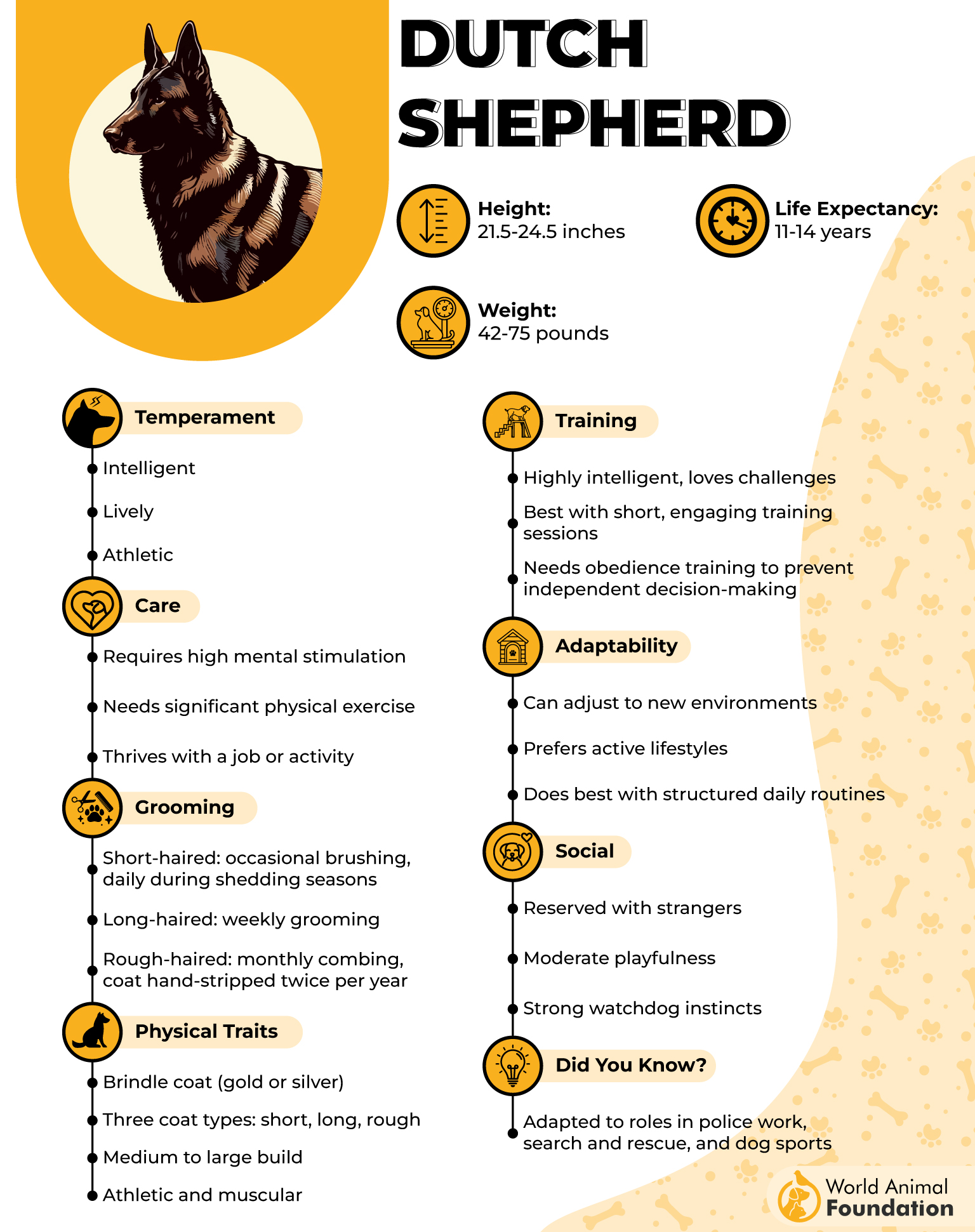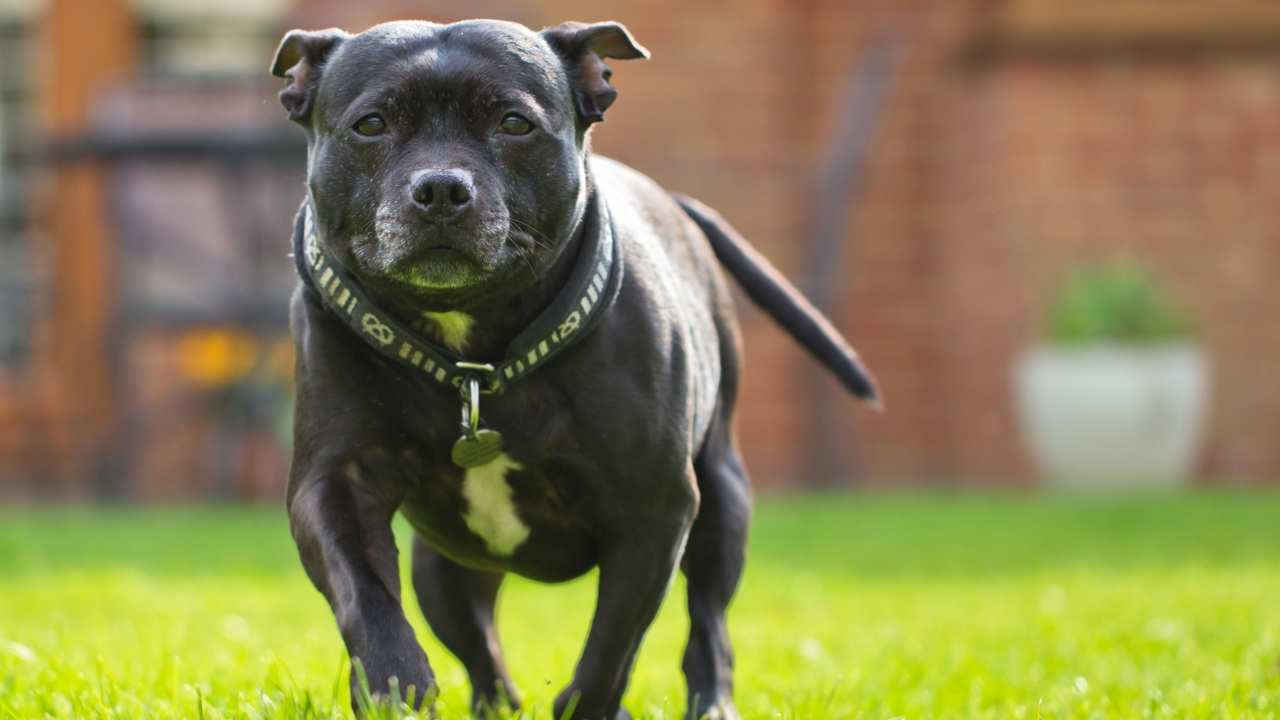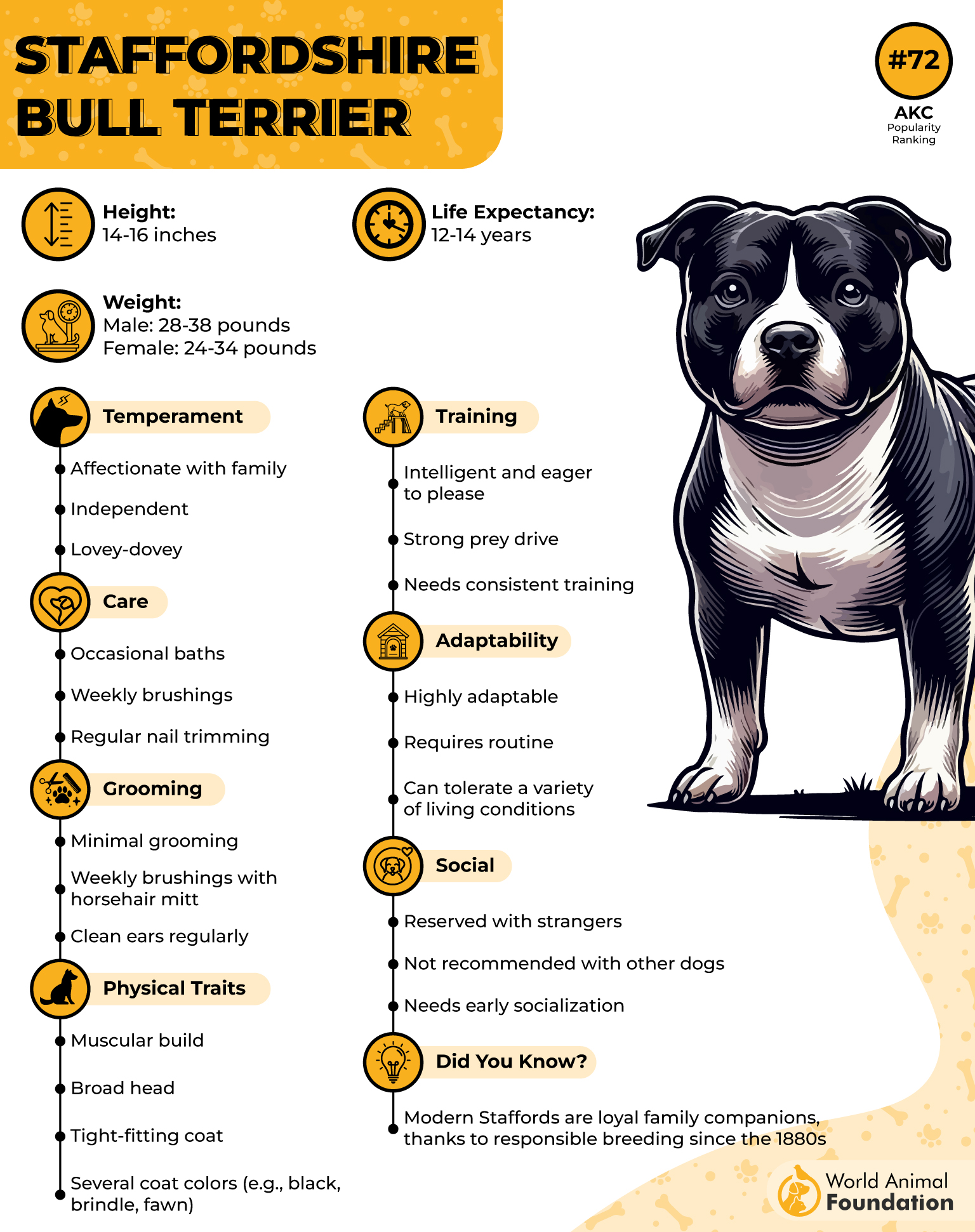In an era where security concerns are paramount, selecting the right guard dogs for apartment complexes can be a game-changer. These loyal protectors not only deter potential intruders but also provide residents with peace of mind. Choosing the ideal breed is crucial, as it must balance vigilance with adaptability to confined urban environments. Our guide to the top seven guard dogs for apartment complexes explores breeds renowned for their protective instincts, intelligence, and management in limited spaces. Whether you’re a property manager or a concerned resident, discover how these canine defenders can enhance security and create a safer community.
Feeling safe in your apartment complex is essential. While security systems help, a guard dog adds an extra layer of protection. The right breed can deter intruders and alert you to threats. Not all guard dogs thrive in apartments. They must be intelligent, trainable, and adaptable to smaller spaces. Size matters, but temperament and guarding instincts are even more important.
Some breeds remain calm indoors while being alert and protective. Others need structured training to ensure they react appropriately to threats. Choosing the right breed requires understanding their behavior, space needs, and exercise requirements. Here are guard dog breeds that can provide strong security while adapting to apartment living.
Did you know?
Guard dogs have been used for protection since ancient times. Roman soldiers traveled with large, fearless dogs trained to guard camps and alert them to approaching enemies.
Dog Breeds for Apartments with Security Concerns
1. Belgian Shepherd
According to the AKC, Belgian Shepherds are renowned for their sharp instincts and quick decision-making. Their medium size makes them manageable in apartments while maintaining a strong presence that discourages intruders. They react swiftly to suspicious activity, ensuring constant vigilance.
Their temperament is a balance of alertness and control. Naturally protective, they remain calm indoors but immediately assess threats when needed. Proper training helps them distinguish between normal interactions and real security concerns.
This breed is highly intelligent, making training easier. They excel in learning commands quickly and can adapt to advanced security roles with structured training, reinforcing their ability to guard efficiently.
Strength is one of their defining characteristics. Their muscular build allows them to defend their home effectively. Their endurance ensures they can remain active for extended periods if necessary.
Agility plays a crucial role in their effectiveness as guard dogs. They can maneuver through tight spaces effortlessly, making them ideal for apartment complexes where quick movement and awareness are essential for home security.
Fun Fact
Belgian Shepherds are frequently used in elite security forces worldwide. They serve in police, military, and search-and-rescue teams due to their exceptional intelligence, speed, and ability to follow complex commands.
2. Bullmastiff
Bullmastiffs provide strong security through their sheer presence. Their large, muscular bodies deter intruders without excessive barking. Despite their intimidating look, they remain composed indoors, only reacting when a true threat is detected.
Although large, Bullmastiffs adapt well to apartment living due to their minimal space requirements. They do not need constant activity and are content resting in confined areas, provided they receive regular outdoor exercise.
Their adaptability is another key advantage. They adjust their behavior based on their environment, remaining calm indoors while staying alert when necessary. This balance makes them a manageable choice for apartments with security concerns.
Bullmastiffs exhibit excellent indoor behavior. They do not require constant engagement but will always monitor their surroundings. This makes them ideal for providing security without unnecessary disruption in an apartment setting.
Apartment suitability is an essential consideration. Bullmastiffs thrive in structured environments with proper training. Their ability to remain still and silent while maintaining high alertness makes them one of the best protective breeds for small spaces.
Fun Fact
Bullmastiffs were originally bred to guard estates from poachers in 19th-century England. They were trained to track intruders silently and pin them down until their owners arrived, making them excellent natural protectors.
3. Akita
According to Britannica, the Akita’s bold and fearless nature makes it an excellent choice for apartment security. It is highly territorial and protective, instinctively guarding its living space. Its quiet confidence ensures that threats are handled swiftly and effectively.
A strong guarding instinct sets this breed apart. Akitas naturally identifies potential threats and does not hesitate to react. Their territorial nature makes them exceptionally vigilant, keeping their home secure at all times.
Watchfulness is another defining trait. Akitas remain alert even when resting, ensuring they detect unusual activity immediately. Their keen senses allow them to assess situations quickly and respond as needed to maintain security.
Fearlessness is essential in a guard dog, and Akitas embodies this quality. They do not back down from threats, standing their ground when necessary. Their unwavering courage makes them highly effective protectors.
An Akita’s presence alone serves as a strong deterrent to intruders. Their imposing size and confident stance make them appear formidable. Most potential threats will think twice before attempting to breach their territory.
Fun Fact
In Japan, Akitas are seen as symbols of strength and protection. Statues of Akitas are often gifted to new parents or those recovering from illness, signifying resilience and good fortune.
4. Rottweiler
Rottweilers have a long history as reliable guard dogs. Their powerful build, intelligence, and natural protective instincts make them ideal for apartment security. With proper training, they remain controlled yet highly effective in guarding.
Obedience is a crucial trait for Rottweilers. They respond well to training and quickly learn commands. Their ability to follow orders ensures that they remain disciplined, making them easier to manage in apartment settings.
Socialization is necessary for a well-balanced Rottweiler. Exposure to different environments helps them distinguish between real threats and harmless interactions. Without proper training, their protective instincts may become overly aggressive.
Responsiveness is key to their effectiveness as guard dogs. Rottweilers react swiftly to commands and external stimuli, ensuring they take immediate action when needed while remaining composed during non-threatening situations.
Command training enhances their ability to guard efficiently. Consistent reinforcement of security commands ensures they follow instructions precisely, making them one of the most reliable breeds for apartment security.
Fun Fact
Rottweilers were once used as cattle-herding dogs by the Romans. Their incredible strength and ability to control livestock made them indispensable for moving large herds across long distances.
5. Great Dane
Great Danes are imposing yet adaptable guard dogs. Their sheer size alone discourages intruders from approaching. Despite their large stature, they adjust well to apartment living, provided they receive regular exercise and structured training.
Shedding is moderate in Great Danes, but their short coats make maintenance simple. Regular brushing helps control loose fur and minimizes allergens, keeping their living space clean without requiring excessive grooming or upkeep.
Basic grooming is essential to prevent skin infections and irritation. Occasional baths, ear cleaning, and nail trimming maintain their health. Despite their large size, they are relatively low-maintenance in terms of coat care and hygiene.
Vet care is a crucial aspect of owning a Great Dane. Their size makes them susceptible to joint and heart conditions. Routine check-ups and a balanced diet help prevent common health complications in this breed.
Lifespan considerations are important for Great Dane owners. They typically live between 7-10 years. While their time may be short, their powerful presence ensures security throughout their lifetime.
Fun Fact
Great Danes were historically bred to hunt wild boars. Their speed, strength, and bravery made them highly effective in tracking and subduing large prey, proving their natural guarding abilities.
6. Dutch Shepherd
Dutch Shepherds excel as apartment guard dogs due to their intelligence and agility. Their medium size allows easy movement in confined spaces, while their natural protective instincts ensure they remain alert and responsive to potential security threats.
Breed-specific laws may affect Dutch Shepherd ownership. Some regions classify them as restricted breeds due to their background as hunting dogs. Checking local regulations ensures compliance and prevents issues when residing in an apartment complex or urban area.
Insurance costs may increase with a Dutch Shepherd. Some providers categorize them as high-risk, potentially raising liability coverage premiums. Researching insurance options beforehand helps avoid unexpected financial burdens related to breed classification and policy restrictions.
Owning a Dutch Shepherd involves expenses beyond food and vet care. Training, enrichment activities, and durable gear add to costs. Their intelligence requires consistent mental stimulation, making professional obedience training or security-focused courses beneficial investments.
Housing rules may restrict Dutch Shepherd ownership in apartments. Some landlords impose breed-specific policies, limiting access to rental properties. Checking pet policies before moving ensures a smooth transition and avoids conflicts with property management regulations.
Fun Fact
Dutch Shepherds were originally herding dogs but later trained for military and police work. Their intelligence and versatility make them exceptional working dogs in search-and-rescue missions, narcotics detection, and personal protection roles worldwide.
7. Staffordshire Bull Terrier
Staffordshire Bull Terriers combine strength and agility, making them excellent for apartment security. Their compact, muscular build deters intruders, while their alert nature ensures they quickly recognize and respond to potential threats within their living environment.
Purina states that exercise is essential for Staffordshire Bull Terriers. They require daily physical activity to stay fit and prevent restlessness. Structured walks, agility training, and play sessions help maintain their strength while preventing destructive behavior due to excess energy.
A high-protein diet supports their muscular build. Nutrient-rich meals ensure optimal energy levels and overall health. Portion control is necessary to prevent weight gain, as excess weight may cause joint strain, especially in smaller living spaces.
Companionship plays a key role in their well-being. They thrive with consistent interaction and structured routines. Mental engagement through training or play prevents boredom, ensuring they remain balanced and focused on guarding their apartment environment effectively.
Bark control is necessary for managing noise levels. Staffordshire Bull Terriers are naturally alert and may vocalize frequently. Training them to differentiate between normal sounds and real threats helps prevent excessive barking in apartment settings.
Fun Fact
Staffordshire Bull Terriers were originally bred for bull-baiting. After the practice was banned, breeders refined their temperament, transforming them into strong yet disciplined dogs known for their impressive guarding skills and remarkable physical endurance.
Conclusion
Selecting a guard dog for an apartment requires careful consideration of breed traits, security needs, and housing restrictions. German Shepherds are great guard dogs but often face breed restrictions in apartments. They are frequently mentioned as an alternative for those seeking a protective yet intelligent security dog.
The right dog provides reliable protection while adapting to smaller living spaces with proper training, exercise, and socialization. Legal regulations, insurance policies, and landlord restrictions may affect ownership. Researching these factors beforehand prevents issues. Understanding breed-specific requirements, such as activity levels and grooming, ensures they stay healthy and maintain their guarding abilities effectively
Each breed excels in different areas—some deter threats with size, while others rely on agility and alertness. Their instincts, combined with structured routines, enhance their effectiveness in apartment security. With the right preparation, a well-trained guard dog provides an extra layer of protection, ensuring a safer living environment.
In conclusion, selecting the right guard dogs for apartment complexes with security concerns is crucial for enhancing safety and peace of mind. Breeds such as the German Shepherd, Rottweiler, and Boxer are renowned for their protective instincts, intelligence, and adaptability to confined spaces. These dogs can provide a reliable deterrent against potential threats due to their alertness and loyalty. It’s important to consider factors like temperament, exercise needs, and training requirements when choosing a guard dog for an apartment setting. Ultimately, the presence of well-trained guard dogs can contribute significantly to the overall security strategy of the apartment complex.

